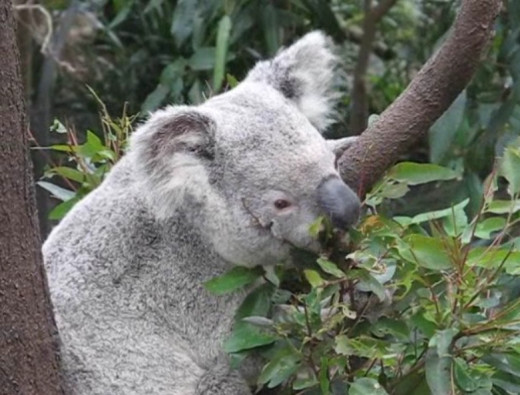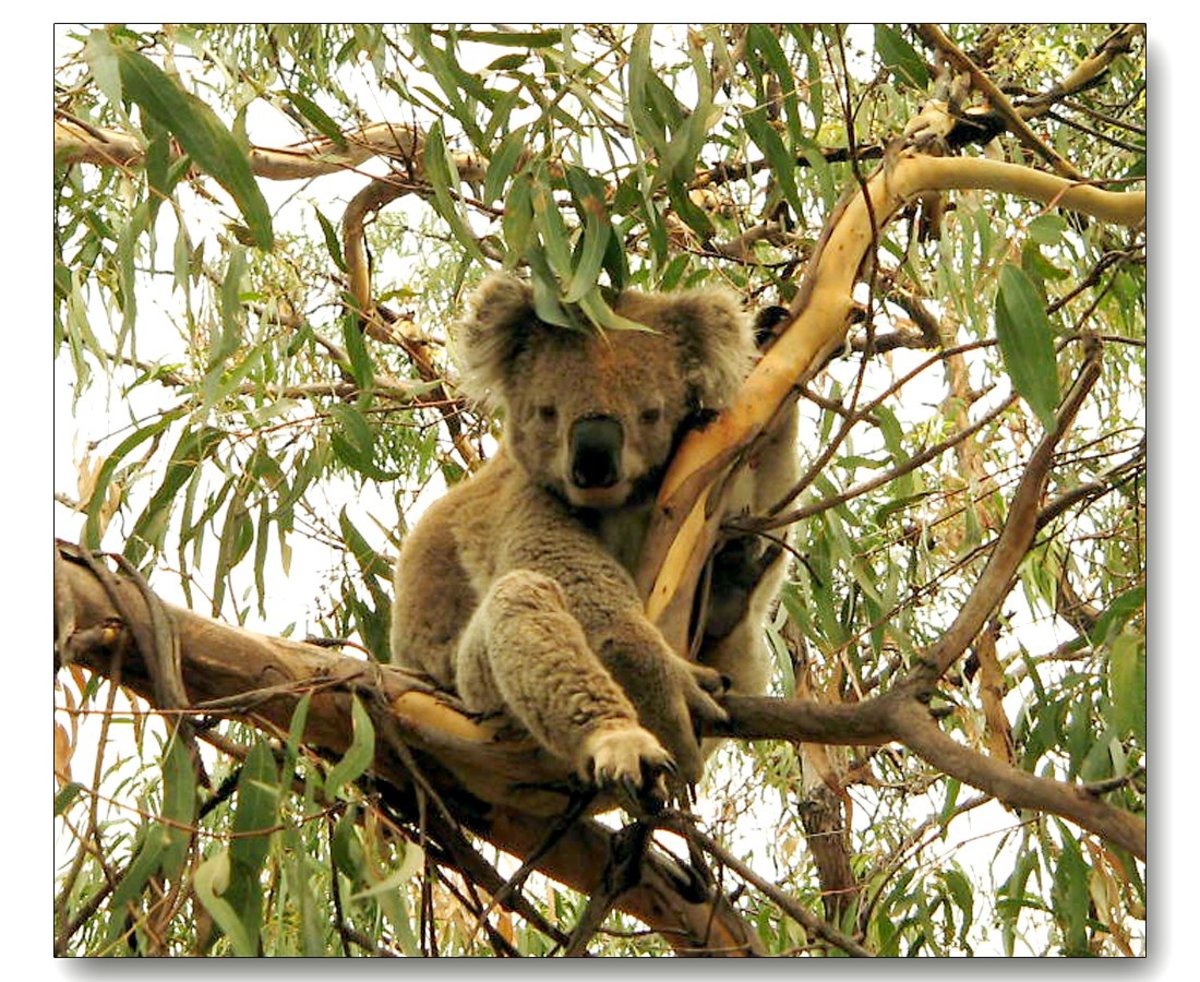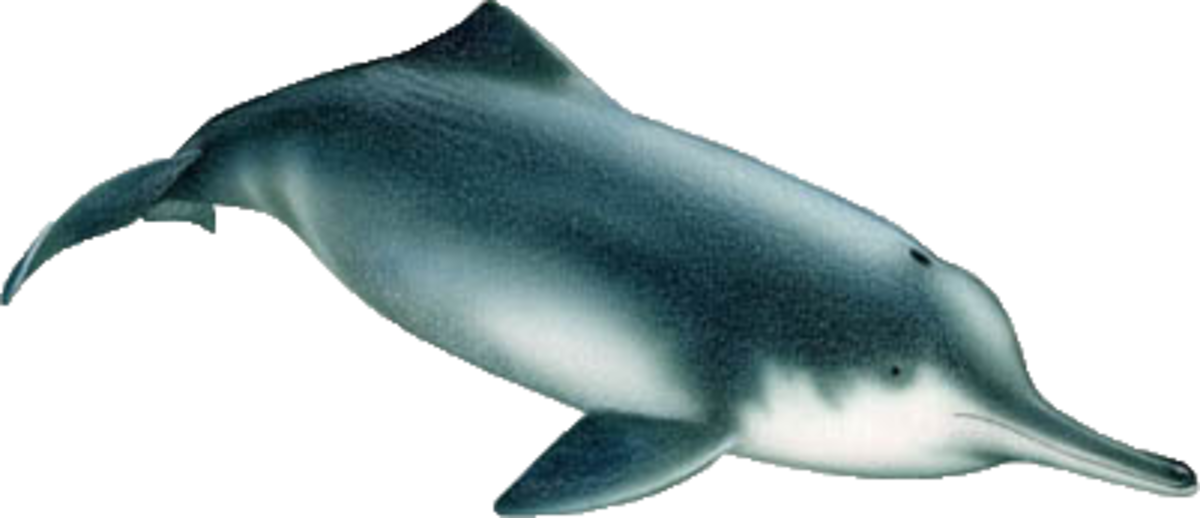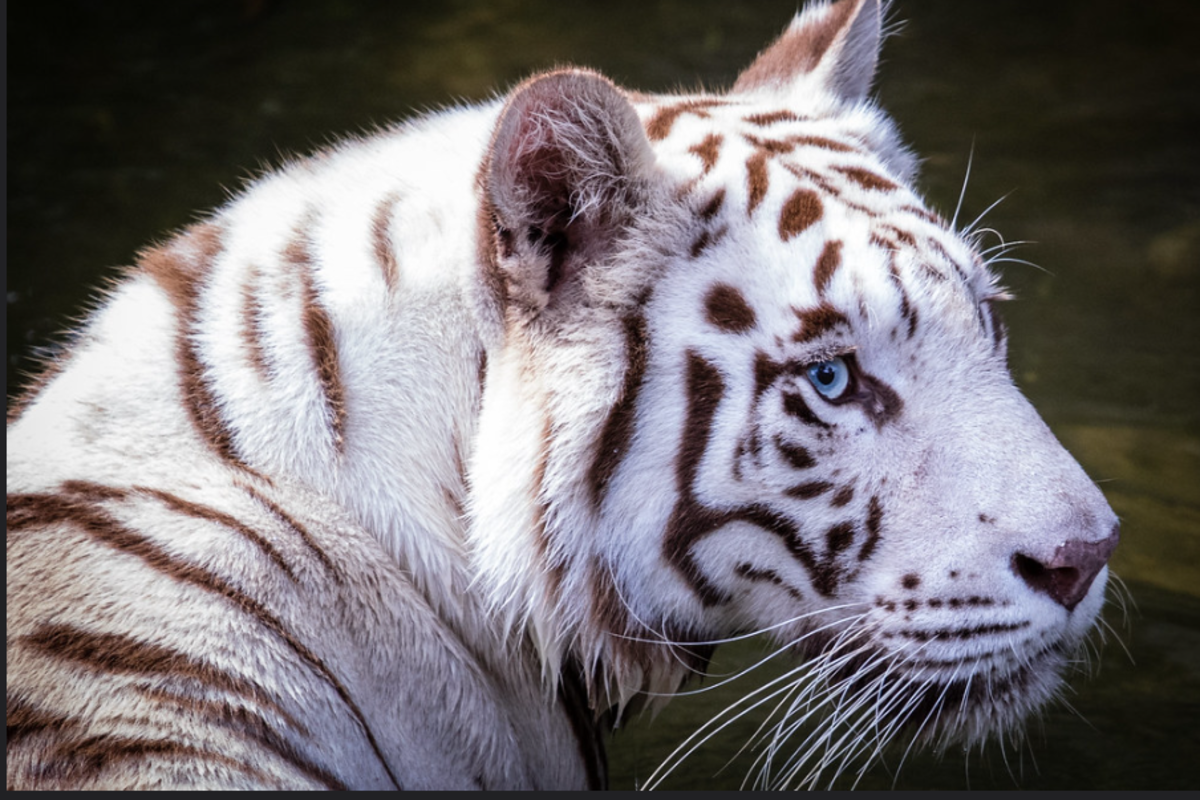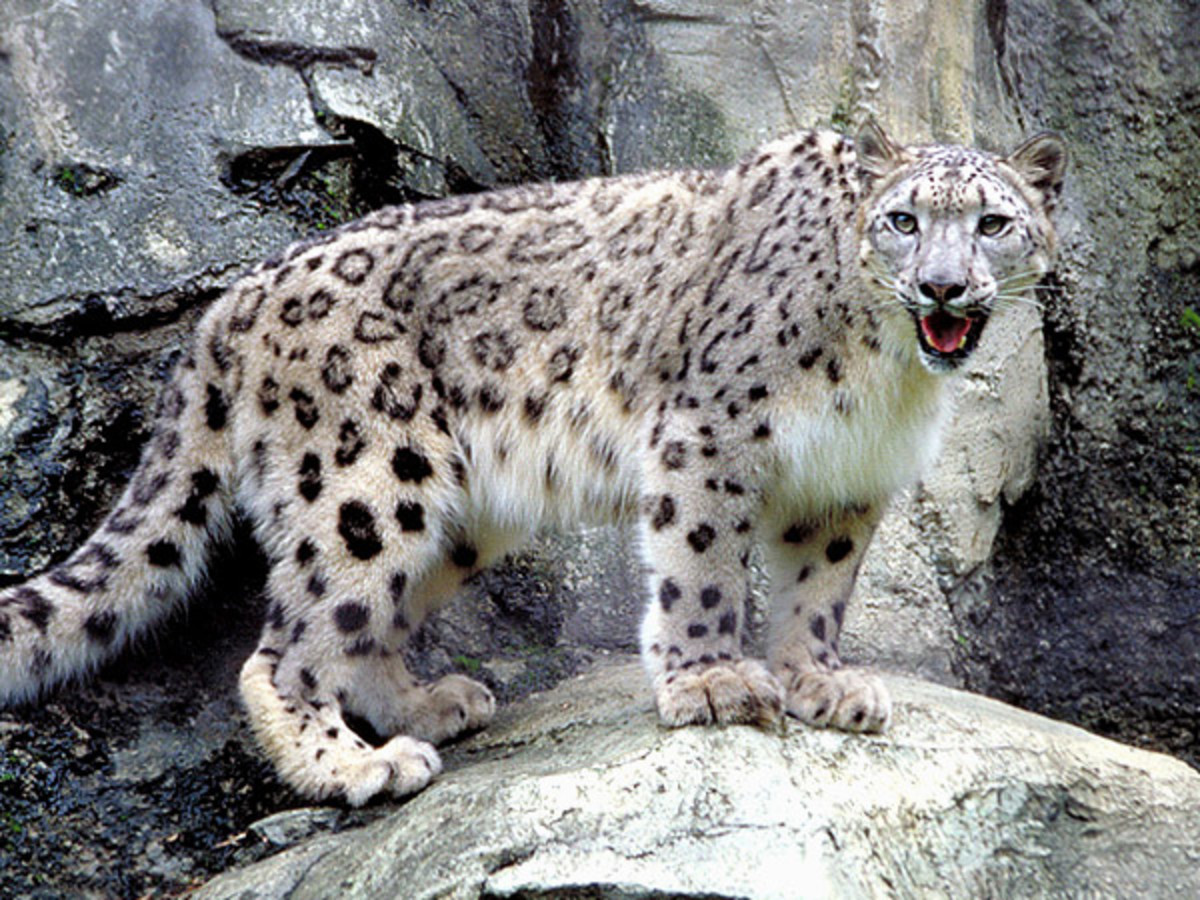Koala (Phascolarctos cinereus) Feeding
As many of you probably know, the cute fluffy critter in the video above is a Koala, one of the many iconic marsupial animals native to Australia. The koalas in the video above are from a northern population, they are generally smaller and less fluffy than koalas from southern populations despite being the same species.
The scientific name pf the Koala is Phascolarctos cinereus, with Phascolarctos meaning pouch-bear and cinereus meaning ash-coloured. Despite this name it is actually not a bear at all and is the sole living member of the family Phascolarctidae, the closest living relative to which is the wombat.
The common name 'Koala' comes from the indigenous gulak language word 'gula' which means 'doesn't drink'. Koalas will actually drink water when ill but normally can obtain their required fluids from the leaves they eat. The u is normally pronounced as 'oo' as goola but this has been changed over time by Europeans to an 'oa', possibly due to an error resulting in the pronunciation goala which is very close to its common name today.
Koalas are native to coastal regions of eastern and southern Australia from Adelaide to the southern part of the Cape York Peninsula, they can also be found inland where there is enough rainfall to support the open eucalypt forest that is their preferred habitat.
Koalas are awake for only about 5 hours each day so it's quite rare to see them up and feeding. When not resting in the forks of the trees they spend about 60% of there waking hours feeding. They feed mainly at night but can feed at any time during the day also. They eat, on average about half a kilogram of eucalyptus leaves each and use their powerful jaws to chew the leaves into a fine paste prior to swallowing. Their diet consists primarily of Eucalypt leaves, with the species they favour depending on what is growing naturally in the area they are from and of these which contain the lowest levels of toxins known as tannins in the leaves. They are quite fussy eaters and prefer to pick only the new growth which is low in these tannins. You can see them picking through the leaves to find the best ones in the video above. Koalas will also occasionally will eat some species of Acacia, Leptospermum and Melaleuca.
The Koala's diet of Eucalyptus leaves is low in nutrients and energy and high in toxins and indigestible matter, it is likely that they adapted to this diet to take advantage of an unfilled niche, no other critters were feeding on this unused resource. They have many adaptations to help them survive on this diet, their liver is good at deactivating eucalyptus toxins and their hindgut is greatly enlarged, facilitating maximum extraction of nutrients from their diet with the help of bacterial fermentation. Once weaned the bacterial cultures that aid digestion are passed to the young koalas by them eating their mother's droppings. The koalas brain is also greatly reduced in size to about the size of a shrivelled walnut with most of the space within the skull being occupied by fluids. This is thought to be another adaptation to their low energy diet, a large brain is a big energy consumer. Koalas also have a very low metabolic rate when compared with other mammals and marsupials.
Habitat loss and urbanization (including dog attacks and being hit by cars) are some of the biggest threats to koalas. Diseases, especially chlamydia have also had an impact and have been detrimental to numbers. We can help the koala by planting suitable native food plants local to your area. Timber fences are also preferred to other types as Koalas are able climb these and move between properties. You should also try to avoid handling wild koalas as they can become stressed and may lash out in retaliation.
Suitable Koala Host Trees For The Moreton Bay Region
Here's a good list of suitable species for planting around the Moreton Bay area in South-East Queensland but a quick internet search may bring up better results for your specific area:
- Spotted Gum (Corymbia citriodora)
- Large-Leaf Spotted Gum (Corymbia henryi)
- Pink Bloodwood (Corymbia intermedia)
- Large-Fruited Grey Gum (Eucalyptus biturbinata)
- Narrow-Leaf Ironwood (Eucalyptus crebra)
- Rose Gum (Eucalyptus grandis)
- Tallow Wood (Eucalyptus microcorys)
- Gum-Topped Box (Eucalyptus mollucana)
- Blackbutt (Eucalyptus pilularis)
- Small-Fruited Grey Gum (Eucalyptus propinqua)
- Scribbly Gum (Eucalyptus racemosa)
- Red Mahogany (Eucalyptus resinifera)
- Swamp Mahogany (Eucalyptus robusta)
- Sydney Blue Gum (Eucalyptus saligna)
- Narrow-Leaf Red Gum (Eucalyptus seeana)
- Grey Ironbark (Eucalyptus siderophloia)
- QLD Blue Gum (Eucalyptus tereticornis)
- Brush Box (Lophostemon confertus)
- Broad-Leaved Paperbark (Melaleuca quinquenervia)
